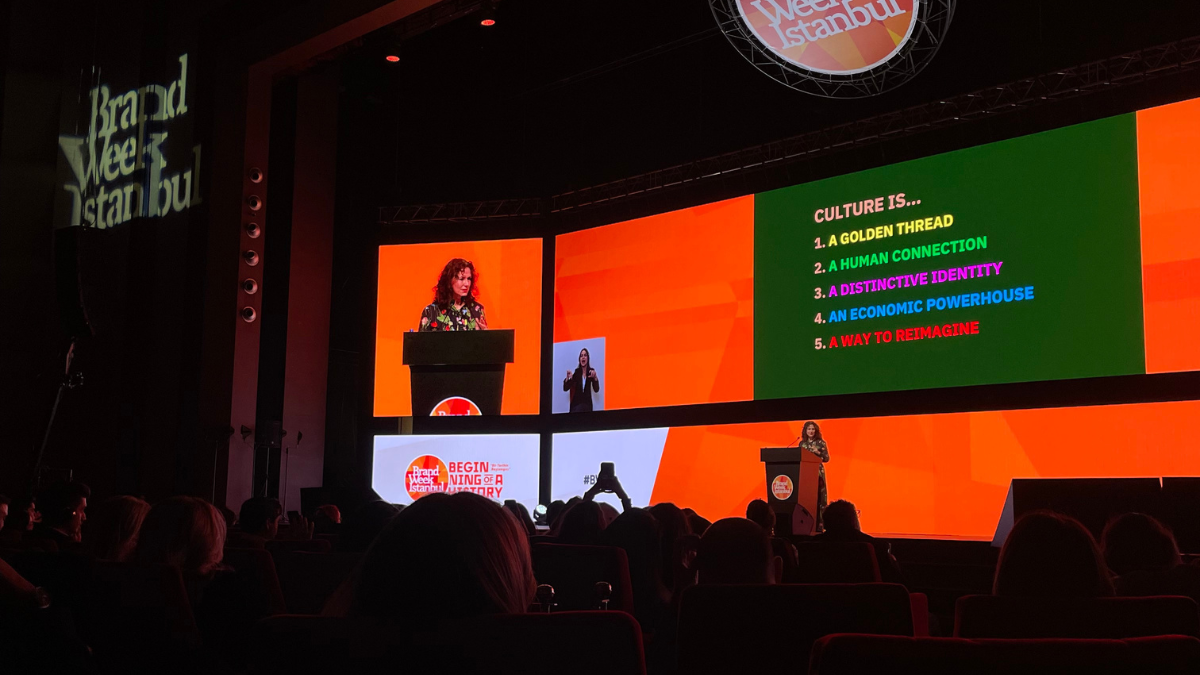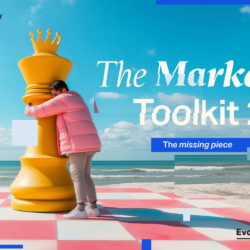Misinformation, these days, can be a minefield for brands and businesses. We turned to a handful of experts in our network to find out the most strategic way media leaders can approach the problem of brand misinformation in digital campaigns.
Chris Camacho — CEO at Cheil UK
To safeguard digital campaigns from misinformation, brands must demand higher standards across programmatic, social media, and digital channels as a whole. By targeting only reputable sources via trusted inclusion lists, advertisers can avoid the pitfalls of questionable placements that undermine brand credibility. Relying on generic blocklists is no longer enough; brands need targeted contextual filters that strategically exclude risky content categories without sacrificing valuable reach. Bold, proactive monitoring, not passive reliance on outdated tools, must be the norm. Brands that fail to adopt these standards aren’t just risking reputation; they’re inadvertently funding the misinformation machine. It’s time to demand transparency and accountability across the entire digital ecosystem.
Brenda Imeson — Director of Strategy at Brave Bison
Most misinformation originates online, a byproduct of media democratisation as traditional gatekeepers give way to individual voices. While some perspectives are harmless, others can damage brand perception. Though we can’t shield brands entirely, we can mitigate the impact. Reputation management — once reserved for politics and corporations — is now essential for brand managers. Here’s how:
- Control the narrative: Create strategies to shape public opinion and manage reputation for the long term. If people trust the brand, it makes it more difficult to believe negative information.
- Maintain dialogue online: The Royal Family’s motto may be ‘never complain never explain’ but that doesn’t cut it in digital comms. Keeping in touch with your audience and responding to them builds a relationship. Also, continually monitor brand sentiment and topics being discussed, this should act as an early warning signal.
- Minimising the fallout: If misinformation is gaining traction a response focused on correcting the falsehood has been proven to be effective in minimising the spread. While there’s concern about amplifying lies by repeating them, a direct, authoritative response can contain and neutralise them.
Egbavwe Pela — Group SVP, Engagement Strategy at CMI Media Group
Healthcare marketers must navigate misinformation carefully, given the strict regulatory environment that governs the industry. Since healthcare media must be on label based on strict guidelines and science-backed data, any inaccurate or outdated claims risk immediate scrutiny and potential legal action against the brand. When regulatory bodies like the FDA update product labelling or usage guidelines, it’s imperative that brands remove the old information from all media channels and replace it with the current approved details. User-generated content (UGC) adds complexity to marketing campaigns. While UGC can foster engagement, creators might unintentionally misrepresent healthcare information, portraying product uses not approved or intended by the Brand. When the UGC is a paid promotional campaign, brands must monitor and update the content swiftly to avoid misinterpretations that could lead to misuse and consumer harm. By implementing proactive strategies, including monitoring UGC, providing creators with accurate information, healthcare brands can maintain public trust and ensure that messaging remains aligned with regulatory standards.
Norbert Rotaru — Head of Social Media at Visibility SEO

The internet, especially social media, has become a place where false information spreads faster than the truth can catch up. This can leave companies with damaged reputations and decreased customer trust, resulting in the worst nightmare for all business owners: lost revenue. People share misinformation, both intentionally and unintentionally, so it’s important for brands to be prepared and adopt a proactive approach. Time is critical in these situations, and you must act as soon as possible, just like a negotiator de-escalating a conflict. Research thoroughly before writing any content to ensure accuracy and consistency. Sometimes, the same false information is picked up by different writers, so simply seeing information multiple times won’t fact-check it. Use reliable sources! Then, monitor social media platforms and other channels regularly for misleading information related to your brand. A quick 15-minute daily checkup can have a huge impact. When misinformation arises, respond promptly with factual clarifications. Utilise your official channels, such as social media or a dedicated webpage, to communicate your position and provide evidence-based information. Try to be as transparent as possible with your audience, as this builds trust and mitigates the impact of false narratives.
Featured image: Canva Studio / Pexels
































